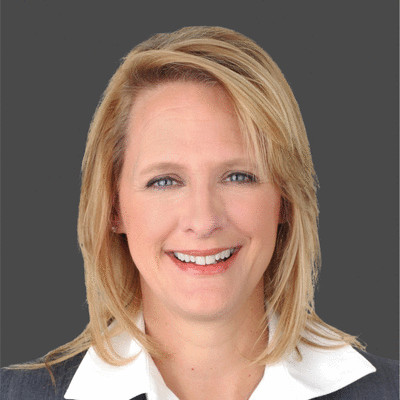
@ShahidNShah


Over the past year, the relentless COVID-19 pandemic forced a major shift in the way healthcare is managed and delivered.
Now, even as restrictions lift and in-person visits become viable again, the use of virtual care delivery tools — particularly telemedicine and remote patient monitoring (RPM)—is here to stay.
There are a few considerations, however, with regard to RPM, and changes we may see when the public health emergency (PHE) designation goes away. Specifically, will RPM continue to be reimbursed for acute conditions? What will RPM eligibility look like for new versus established patients? And will (if at all) RPM be extended to support behavioral health care pathways?
Continue reading at medtechintelligence.com
Since the start of the pandemic, more companies have adopted digital tools to give people access to mental healthcare. Investors poured a record amount into these tools, roughly $2 billion in equity …
Connecting innovation decision makers to authoritative information, institutions, people and insights.
Medigy accurately delivers healthcare and technology information, news and insight from around the world.
Medigy surfaces the world's best crowdsourced health tech offerings with social interactions and peer reviews.
© 2025 Netspective Foundation, Inc. All Rights Reserved.
Built on Apr 25, 2025 at 12:44pm